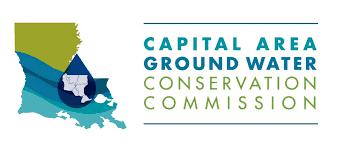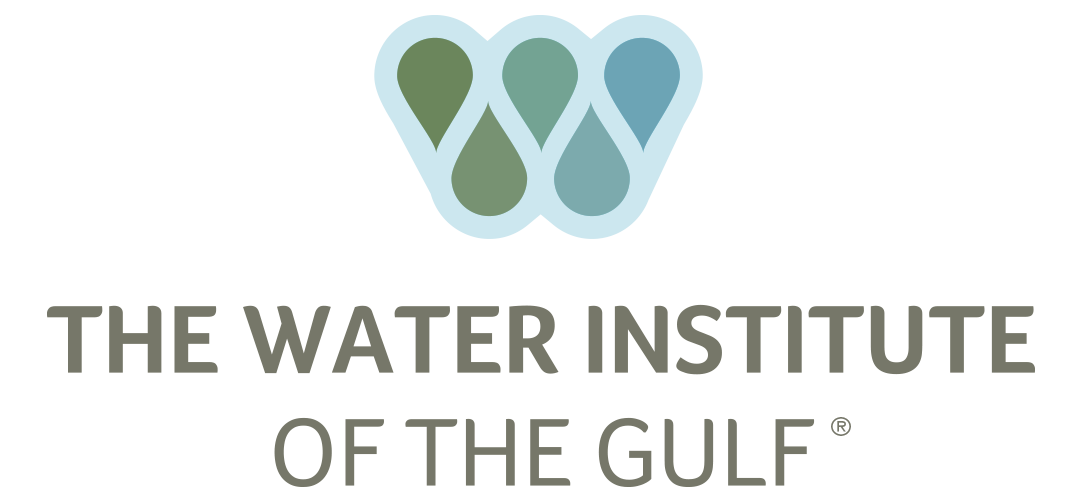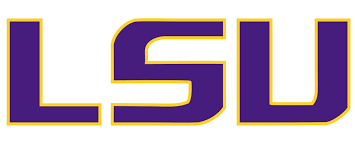Southern Hills Aquifer: Serving the Greater Baton Rouge Area
The Capital Area Ground Water Conservation Commission (CAGWCC) is working with the Water Institute, Louisiana State University, the U.S. Geological Survey, and Freese and Nichols to identify and evaluate feasible, realistic, and cost-effective science-based alternatives which meet long-term water resources needs for the Greater Baton Rouge Area. Learn more about the Southern Hills Aquifer System, local groundwater concerns, and the steps being taken to protect groundwater resources in the Greater Baton Rouge area.
The Southern Hills Aquifer System is a vital resource:

The CAGWCC and its partners are working to ensure that the long-term water resource needs are met for the Greater Baton Rouge Area
The Problem
Since the 1940s, the Greater Baton Rouge area’s growth has led to increased pumping of fresh water from the Southern Hills Aquifer System, particularly in the section under the city of Baton Rouge. This freshwater extraction causes salt water, which is located south of the Baton Rouge fault, to be pulled closer to the freshwater wells used to supply the public and industry. Salt water cannot, without costly treatment, be used for public or industrial water supply.
LEARN MORE ABOUT THE SOUTHERN HILLS AQUIFER
The Need
Simply put, the current science tells us that salt water is not going to start coming out of taps in the near term, but the saltwater intrusion of the Southern Hills Aquifer is ongoing. This poses a threat to the long-term sustainability of the Southern Hills Aquifer System as a water resource for the Greater Baton Rouge area. As a result, it is critical that the CAGWCC and its partners work now to ensure that necessary, effective measures are taken to protect freshwater resources.
What work is being done to protect the freshwater supply?
The Louisiana State Legislature formed the Capital Area Groundwater Conservation District (the District) in 1974 to “provide for the efficient administration, conservation, orderly development, and supplementation of groundwater resources.” In 2018, CAGWCC engaged the Water Institute to support development of a long-term strategic plan, and in 2020, Louisiana State University, the U.S. Geological Survey (USGS), and Freese and Nichols joined as partners to support the work of CAGWCC and the Water Institute.
Together, these organizations are working to:
ABOUT THE CAPITAL AREA GROUND WATER CONSERVATION COMMISSION

The CAGWCC is the governing body of the District. The District was established by the Louisiana Legislature in 1974 to address the issues of subsidence related to groundwater extraction and the intrusion of salt water into Baton Rouge area aquifers in the five-parish region of East Baton Rouge, East Feliciana, Point Coupee, West Baton Rouge, and West Feliciana. The CAGWCC was established the following year. In 2019, the CAGWCC was expanded to include representatives of Ascension Parish.
The mission of the CAGWCC is to provide for the efficient administration, conservation, orderly development and supplementation of groundwater resources in the parishes covered by the District. In response to saltwater intrusion in the Southern Hills Aquifer System, CAGWCC has invested in monitoring, modeling, and additional science to inform its decision-making in setting groundwater use priorities and production limits, and to facilitate aquifer conservation. In addition, members have invested in projects to identify actions to meet objectives and reduce groundwater withdrawals, and are in the process of planning for scavenger wells to be drilled along the East Baton Rouge Fault to draw salt water away from the freshwater wells.



